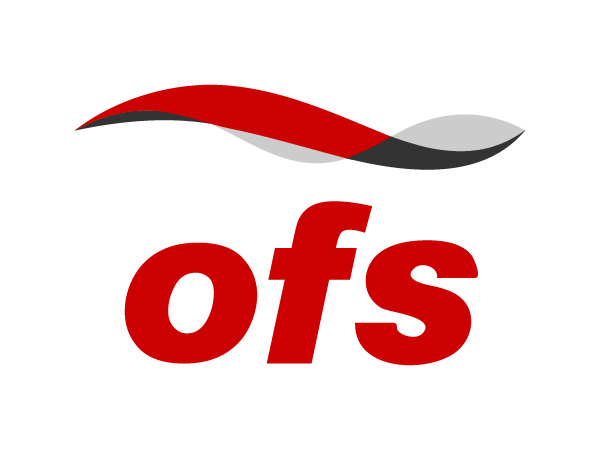
Already known as the state’s first gigabit city, Wilson, North Carolina, is now also that state’s first city to offer a “Fiber Optics Basics” training course at its local community college. Last month, Wilson Greenlight, the city’s community-owned, fiber-to-the-home provider, partnered with Wilson Community College to launch the pilot 10-week program.
A Long-Held Dream
The fiber optic training course is the answer to a long-held dream for Gene Scott, Wilson Greenlight’s director of outside plant. Frustrated by having highly-skilled jobs to offer that he could not fill, Scott found that standard fiber training courses cost thousands of dollars that few young people could afford.
Experts Share Knowledge/Expertise
Visiting experts from around North Carolina and the U.S. are volunteering to teach their specialty. For example, OFS expert Mark Boxer is teaching three classes covering topics ranging from the history of light wave transmission to the design of various fiber optic networks.
In one of these classes, Boxer featured a very special guest, Dr. Peter Charles Schultz. Dr. Schultz is a co-inventor of fiber optics and the recipient of the National Medal of Technology and Innovation presented by President Bill Clinton (the highest technology award of the U.S. Government). Dr. Schultz also serves as a senior advisor to and board member of OFS. During the class, Dr. Schultz described his experiences in developing fiber optics, something that few people at the time understood or valued. When asked his advice to others who might seek to blaze a new trail in the digital frontier, Schultz answered, “Be brave!”
Training for Today and Tomorrow
Other courses in the program range from how to prepare, splice and connect fiber optic cables to fiber optic safety. Instructors will expose students to various types of fiber networks, the basics on how to design a fiber-to-the-home network, how to maintain outside plant infrastructure and even how to budget and read engineering design prints.
The long-range plan is to offer a two-year partnership between a local high school and the community college. Students would leave high school with a two-year certificate in an advanced degree and qualify for higher-paying jobs after graduation. One added advantage would be to pique students’ interest in tackling a four-year college degree in new fields like fiber network management
Tags: fiber optic networks, fiber optic training;, OFS, Peter Charles Schultz, Wilson Greenlight

